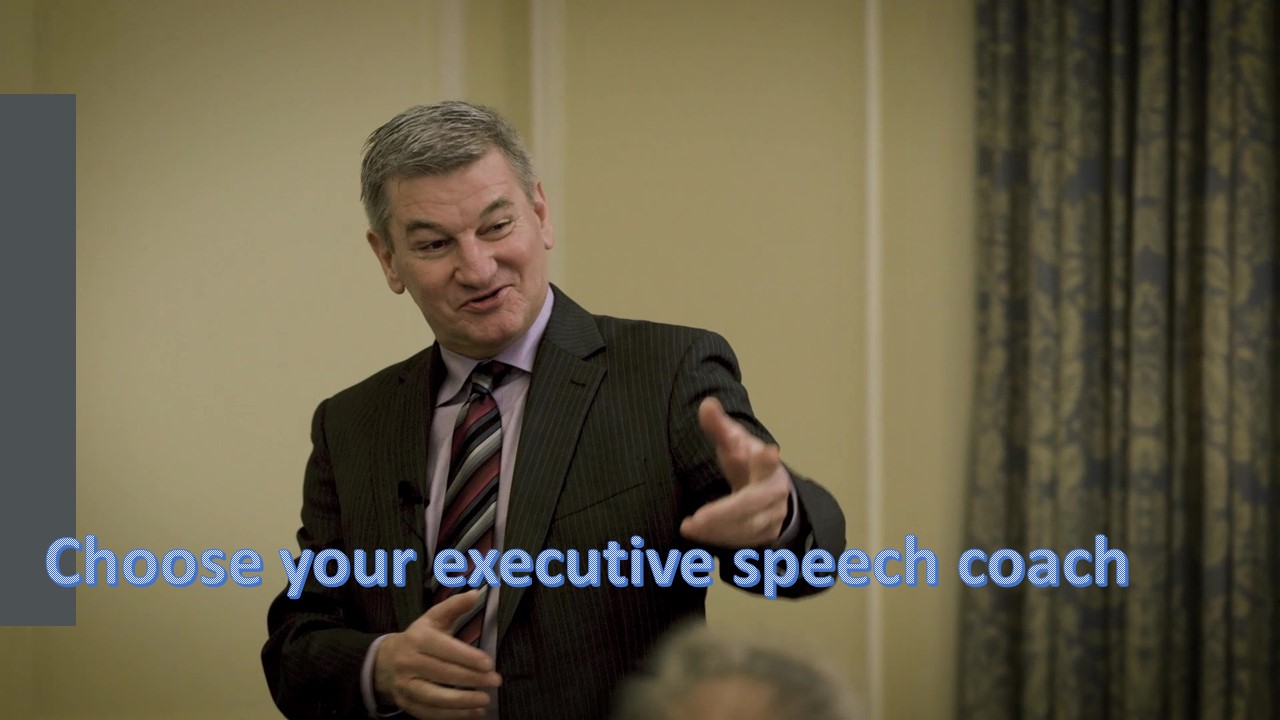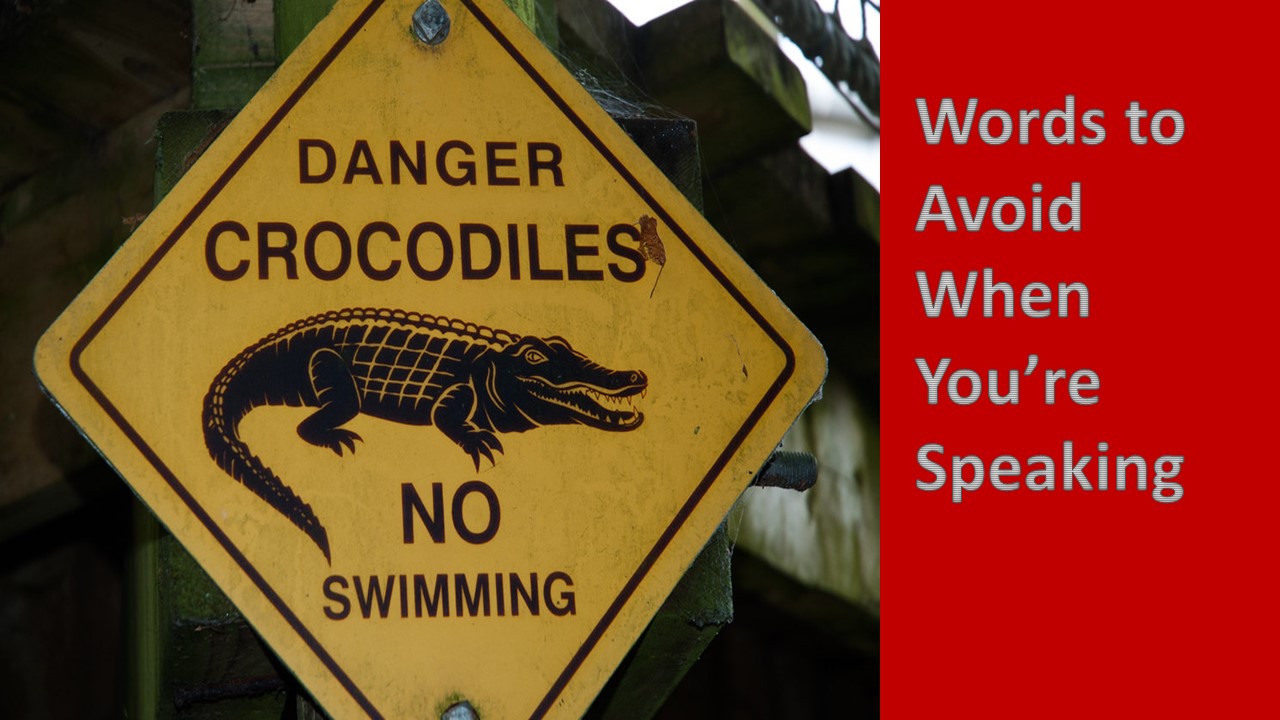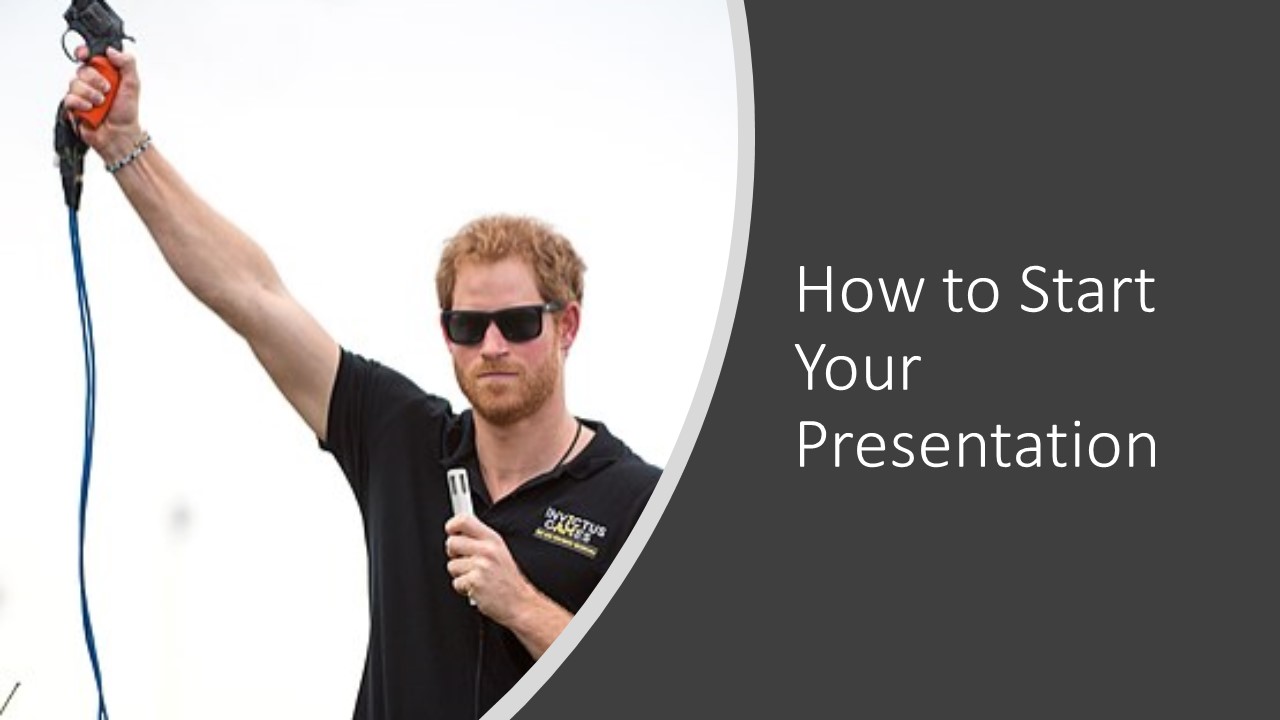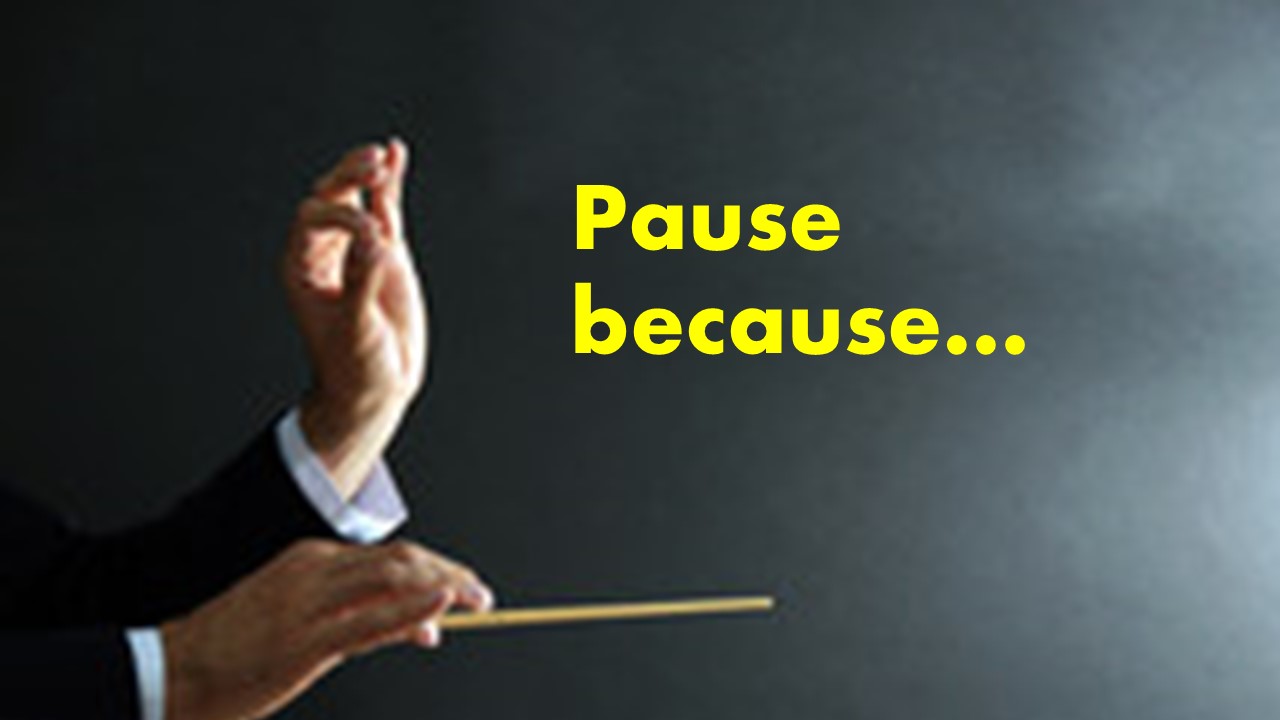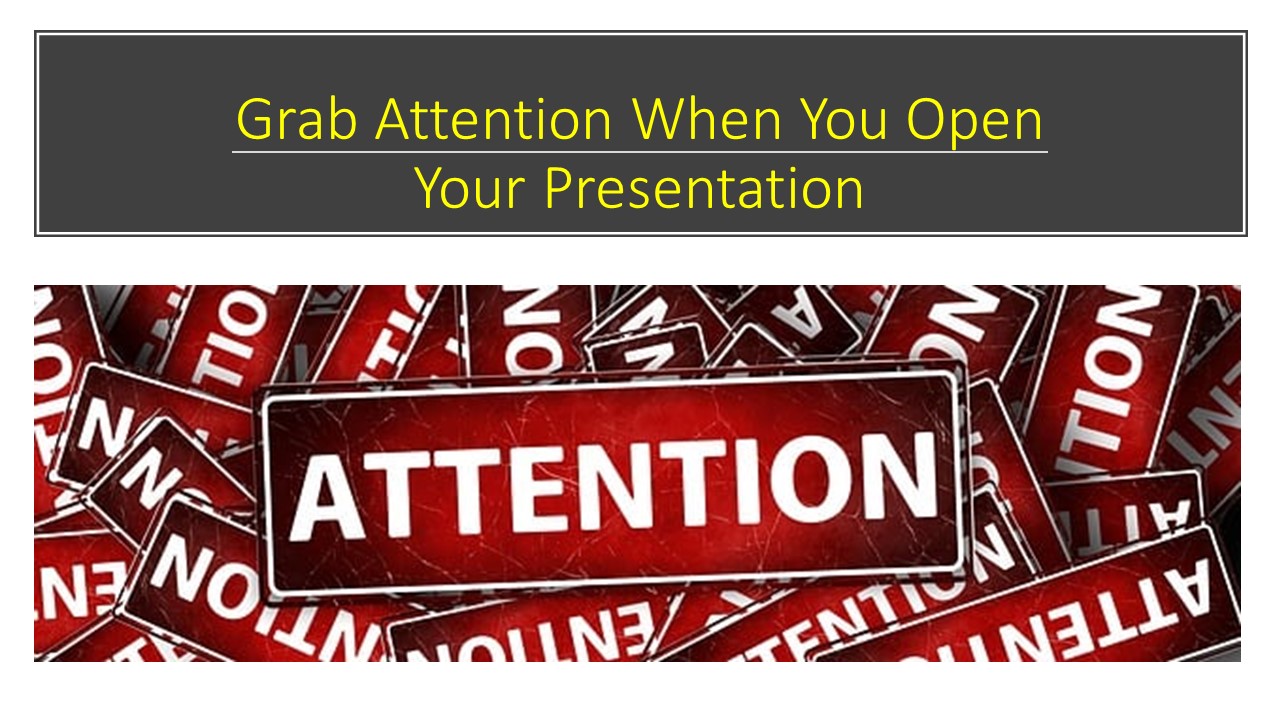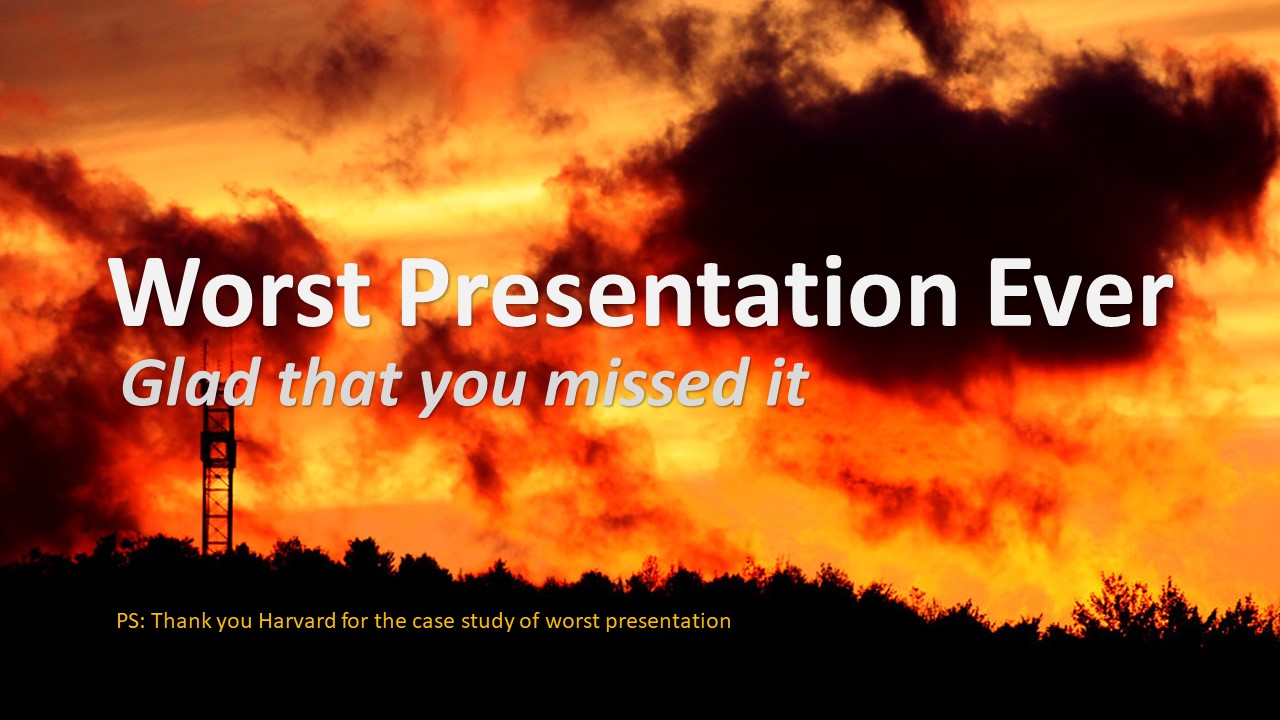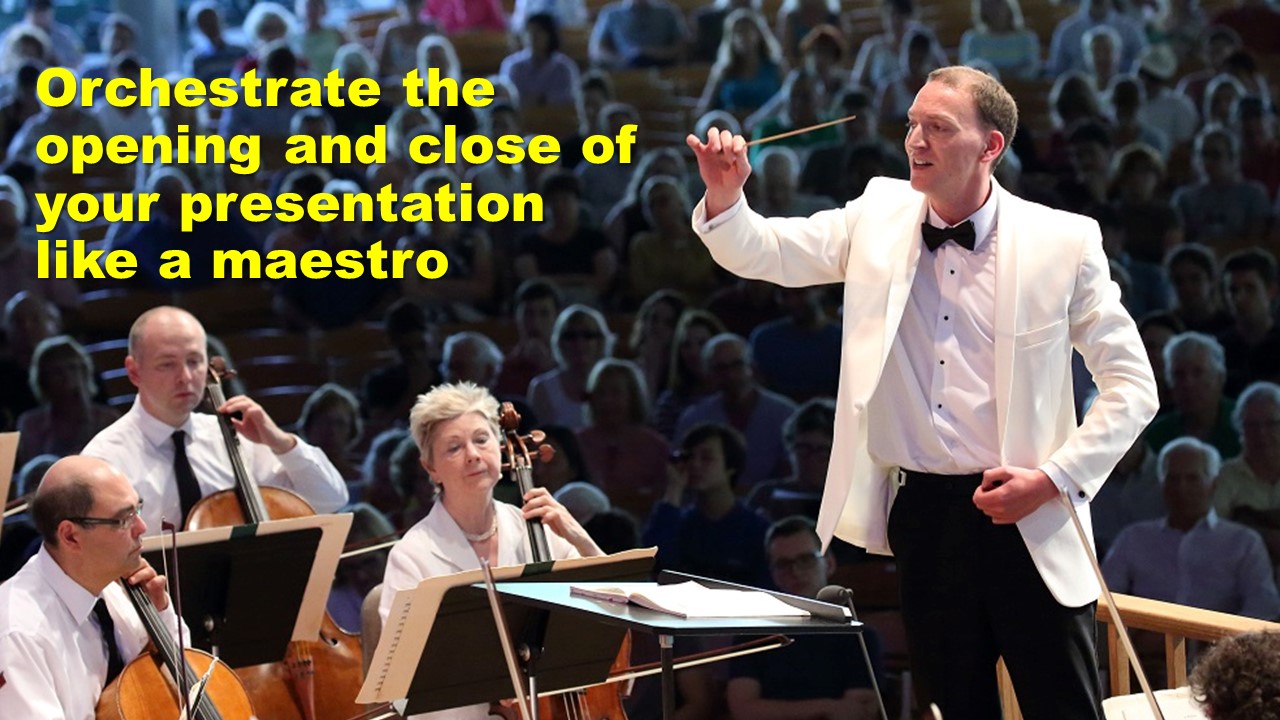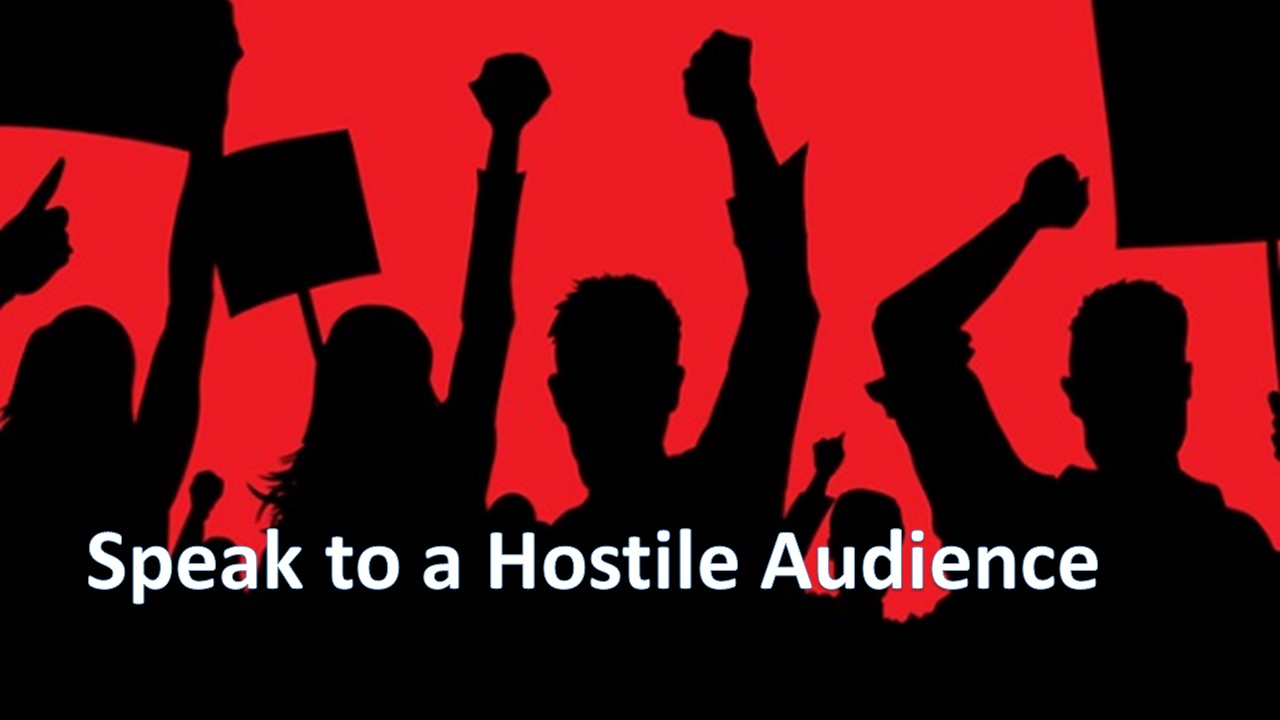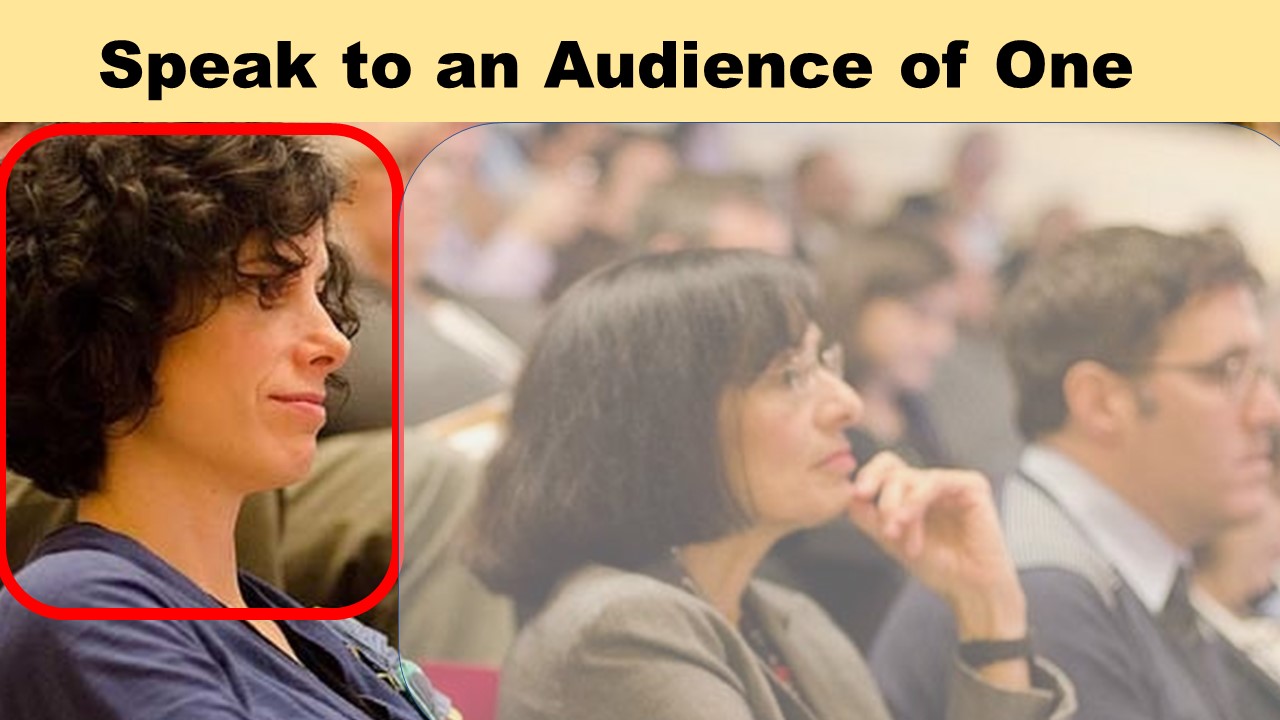When you are looking for an executive public speaking coach, how do you evaluate your choices? How can you choose the coach that is right for you? Like communication, it’s an imperfect process. Yet, there are principles that you can follow to help you make a better choice.
Like many soft skills there are no hard and fast measures. Instead, it’s subjective which means it can be a difficult decision. For example, if price was your only criteria, the decision would be easy. Pick the cheapest.
Naturally the cheapest solution is to do-it-. yourself. Watch YouTube videos. I’ve found YouTube videos to be helpful when searching for a cooking recipe or how to repair a house electrical or plumbing problem. I’m a handy man so I can follow some of those videos for simple home repairs.

